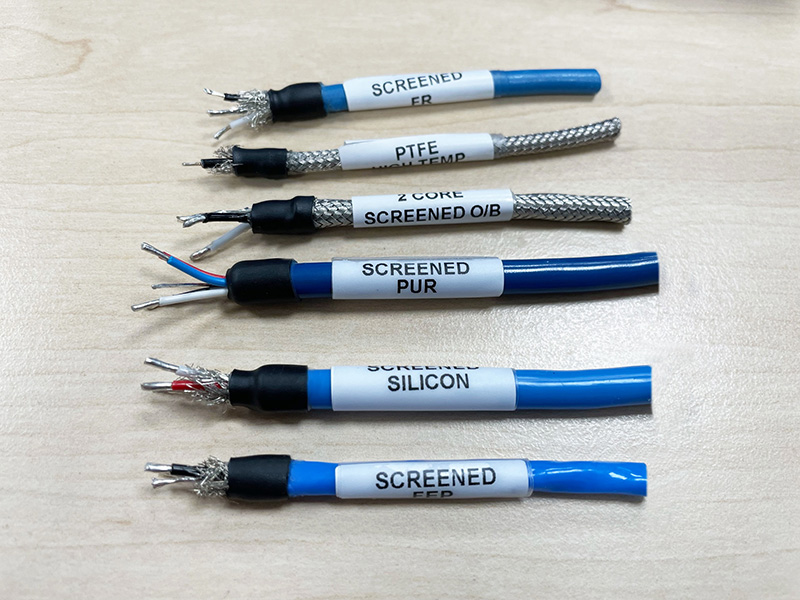A Comprehensive Guide to the Different Types of Industrial Cables
In the realm of industrial sensors and monitoring equipment, cables play a crucial role in transmitting accurate and reliable data. Hansford Sensors, a renowned provider of high-quality vibration monitoring solutions, understands the importance of selecting the right industrial cables for optimal performance. This blog post aims to explore the various types of industrial cable for accelerometers used by Hansford Sensors, highlighting their key features, applications, and benefits.
1. Silicon Cable
Silicon cables find their application in environments that demand waterproofing and submersion capabilities, with a depth rating of up to 100 meters. These cables offer exceptional flexibility and high-temperature resistance, making them suitable for industries such as paper, marine, and food. With a temperature range of -50°C to 150°C and an IP68 rating, silicon cables provide reliable signal transmission even in challenging conditions.
2. Silicon with Protective Over-Sheath
Similar to standard silicon cables, these cables offer waterproof and submersible capabilities up to 100 meters. They exhibit excellent flexibility and high-temperature resistance, making them ideal for industries like paper, marine, and food. The protective over-sheath enhances durability, providing extra protection against abrasion and physical damage.
3. Flame Retardant (FR) Cables
Designed to ensure flame retardancy and high-temperature performance, flame retardant cables are highly flexible and suitable for the pharmaceutical industry. With a temperature range of -40°C to 100°C and an IP65 rating, these cables guarantee secure data transmission while prioritizing safety in sensitive environments.
4. HFFR Cable
HFFR (Halogen-Free Flame Retardant) Cables: HFFR cables combine the properties of flame retardancy and low smoke emission with the advantage of being halogen-free. Approved to NEK 606 standards, Hansford Sensors prioritizes the use of HFFR cables in applications such as paper, marine or food.
5. Braided Cable
Braided cables with a stainless steel FEP coating are highly durable and well-suited for areas with high traffic, making them ideal for the steel industry. These cables exhibit remarkable resistance to extreme temperatures (-65°C to 150°C) and an IP65 rating, ensuring their reliability and longevity even in demanding environments.
6. Low Noise PTFE Cables
Featuring an overbraided design, low noise PTFE cables are capable of minimizing external electromagnetic interference. These cables offer exceptional temperature resistance, with a range of -65°C to 260°C, making them suitable for multiple industries. With an IP67 rating, low noise PTFE cables ensure reliable and accurate data transmission, even in harsh conditions.
7. PUR (Polyurethane) Cables
Known for their high abrasion and tear resistance, PUR cables excel in environments where durability is essential. These cables also offer waterproof and submersible capabilities up to 100 meters, along with excellent resistance to oil and petrol. With a temperature range of -40°C to 90°C and an IP68 rating, PUR cables provide reliable performance in the petrochemical industry.
8. FEP (Fluoropolymer) Cables
FEP cables are highly resistant to abrasion and tearing, making them suitable for harsh environments. With waterproof and submersible capabilities up to 100 meters and good resistance to oil and petrol, FEP cables are commonly used in the petrochemical industry. These cables exhibit a wide temperature range of -80°C to 200°C, ensuring reliable data transmission even in extreme conditions.
Hansford Sensors understands the importance of selecting the appropriate industrial cables for various applications. Check out the industrial cable datasheets here. If you wish to discuss your accelerometer cable requirements, please get in contact with a member of our team.
